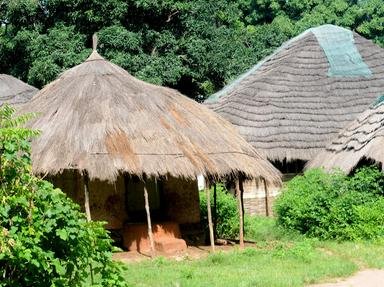4. One of the major rivers of Africa has its origins in the Republic of Guinea, before running eastwards through Mali and Niger, along the border of Benin, and through Nigeria before reaching the Gulf of Guinea. Which river is this?
From Quiz "Work, Justice and Solidarity" in Guinea
Answer:
Niger
The Niger River, which starts in the densely forested southeast highlands of Guinea, is the principal river of western Africa. It is the third longest river of Africa (behind the Nile and the Congo), with a length of about 4,180 km (2,600 mi) and a drainage basin of 2,117,700 sq km (817,600 sq mi). Its name possibly comes from the Tuareg phrase 'her n gheren', meaning 'river of rivers'. This name, shortened to ngher, is a local name used along the middle stretch of the river near Timbuktu, Mali.





 Top 10% Rated Quiz,
Top 10% Rated Quiz,
 Top 20% Rated Quiz,
Top 20% Rated Quiz,
 A Well Rated Quiz
A Well Rated Quiz